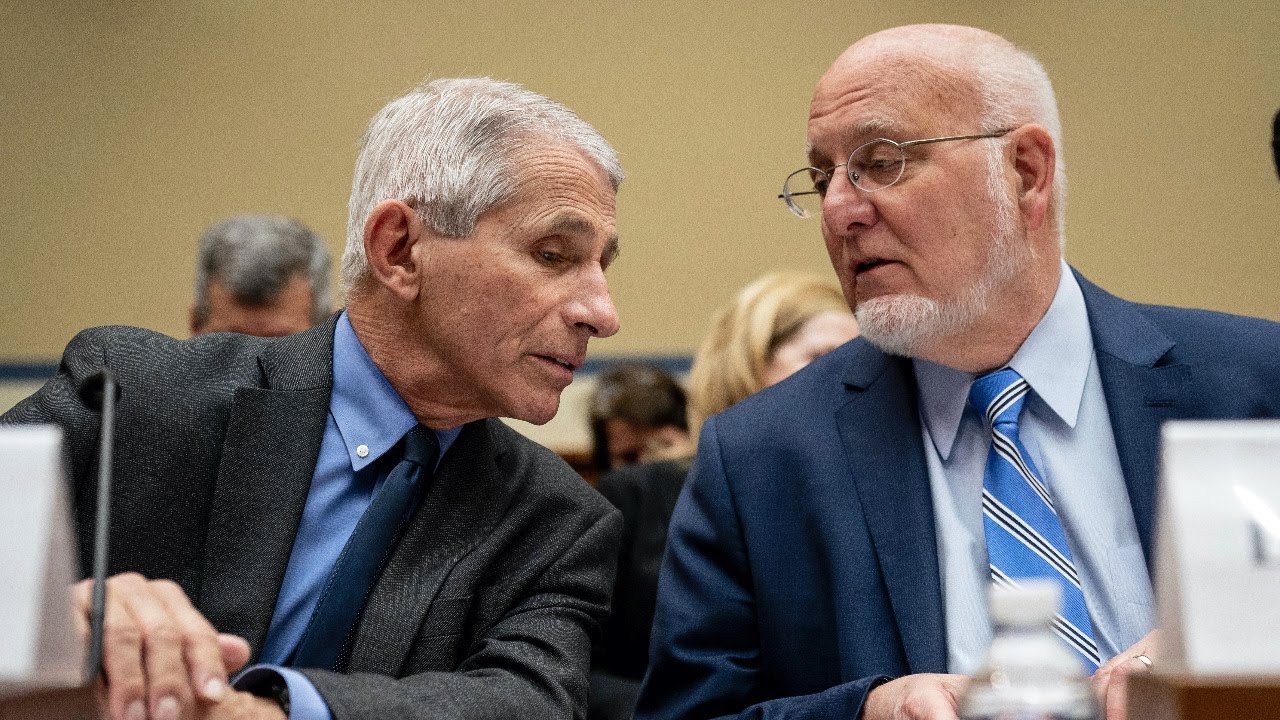Again, the only response is yes, it does matter, sometimes.The better question would be is it ever 'clinically' significant.
Is ratio. Depends on the size of the numbers and what is being measured.
But, as I stated in the post that spawned this faux controversy, the change (from decreasing to increasing) can also indicate a trend.








